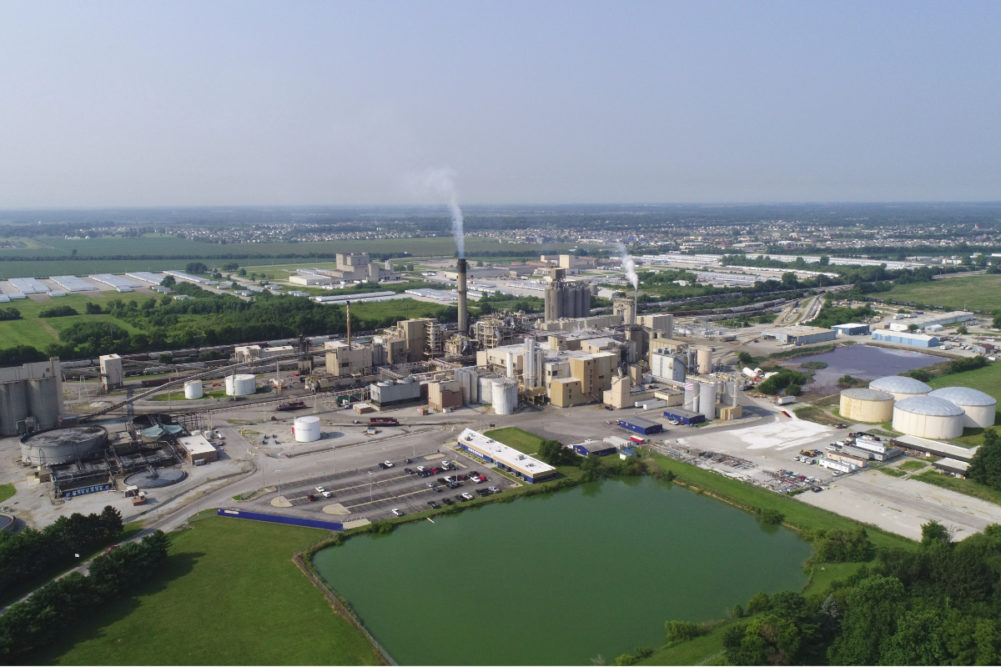LONDON — Tate & Lyle PLC is investing $75 million in a natural gas-fired combined heat and power system at its corn wet milling facility in Lafayette, Ind.
The system will provide significant environmental and economic benefits at the Lafayette South facility. The investment supports the company’s sustainability targets for 2030, which include reducing greenhouse gas emissions, eliminating coal from its operations and reducing water use.
“This major investment will make our facility more efficient and directly benefit the local community through improved air quality, decreased water use, and less truck traffic,” said Travis Montoya, plant manager at Lafayette South. “At Lafayette South, we have a strong track record of energy efficiency, having received the US Environmental Protection Agency’s Energy Star accreditation for five consecutive years; this is a real source of pride for the local team. We appreciate the state of Indiana and the city of Lafayette’s support in helping to move this project forward.”
The new gas turbines will generate electricity and steam to power and heat the facility. The new co-generation system will replace the site’s coal-fired boiler, delivering around 40% reduction in greenhouse gas emissions and around 5% reduction in water use.
Work at the site to transition from a coal-fired boiler to new gas turbines is being undertaken with strict safety protocols that include social distancing and other protective measures.
This investment follows completion of a similar system at Tate & Lyle’s corn wet mill in Loudon, Tenn., in 2017. Tate & Lyle has a six-year, $150 million productivity program, which is now in its third year, and this investment is part of delivering that program.
“A key pillar of our purpose of Improving Lives for Generations, is to care for our planet and to help protect its natural resources for the benefit of future generations,” said Melissa Law, president of global operations at Tate & Lyle. “This project at Lafayette South is a great example of our purpose in action and will help us meet our ambitious new environmental commitments, driving important energy-saving and environmental benefits.”






